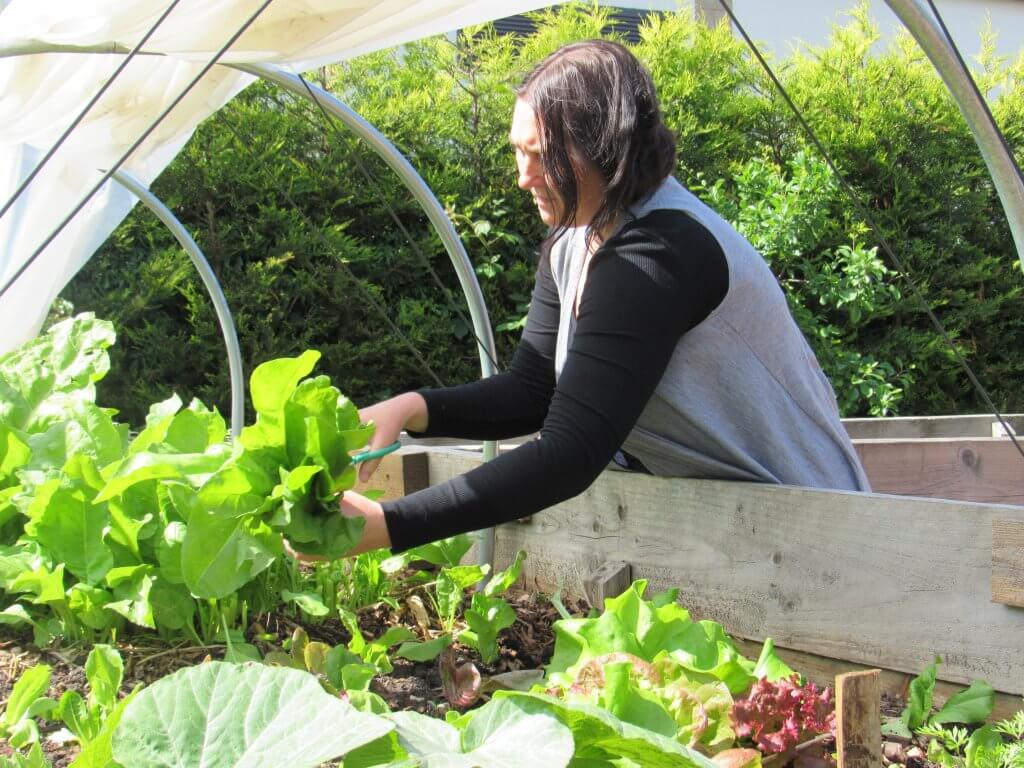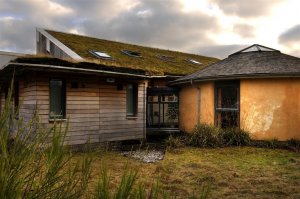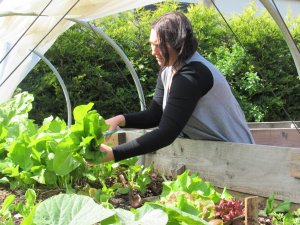A Home For Wildlife

Our homes, gardens and cities don’t always make life easy for wildlife. Impermeable surfaces, an absence of nooks and crannies, and an over-emphasis on ‘neat and tidy’ can spell bad news for the animals and plants that share these spaces with us.
So, as signs of spring emerge, what can we do to make our homes and built environment a home for wildlife as well, particularly if planning a self-build or renovation project?
Embrace roof-space dwellers
In older properties, birds make use of roof gaps and cavities to build their nests. But the sealed envelopes of many new buildings offer no such homes for wildlife. An obvious solution is to put up a nest box on an outside wall. There are ready-made boxes that are tailored to the needs of swifts, starlings, house martins and many other birds – or you can do a bit of research and make your own. Alternatively, creating small holes in your roof’s soffit enables birds access to internal nest boxes. If you’re building or renovating a property, you can also install specialised ‘swift bricks’ into your build’s structure – the RSPB reports that between 1995 and 2016 breeding swifts declined by 57%, due partly to loss of nest sites.
It’s important to remember that bats are also reliant on roof spaces. Bats are easily disturbed and very sensitive to chemicals in substances like timber preservation treatments. Make sure you know whether bats are present before you carry out any works and, if they are, seek advice – the Bat Conservation Trust may be a good place to start.
Go green on top
Buildings don’t have to mean lost ground for wildlife. If you’re doing a self-build or an extensive retrofit, it’s worth considering the potential ecological and energy-saving benefits of installing a green roof. Biodiverse green roofs require careful planning – just like ground-level habitat restoration projects, they need to be developed around realistic goals and an understanding of local ecology, with ongoing maintenance and observation to evaluate their success. Get it right and not only can your green roof support native flora and fauna and create a home for wildlife, it will help to absorb rainfall and could reduce your property’s energy use by regulating heat loss and absorption.

Don’t go paving crazy
Green gardens protect against floods, regulate local temperatures and provide a lifeline for wildlife, particularly in areas that are urbanised or intensively farmed. So, it’s concerning when organisations like the Royal Horticultural Society report that the percentage of paved-over gardens is increasing. If you’ve inherited a paved garden upon moving into a property it can be exciting to imagine the potential wildlife haven you could create simply by removing hard landscaping.
If you’re thinking about paving an area of your property, take a close look and consider how much hard surfacing you actually need. Also, think about the type of material that you’re going to use – interlocking bricks and grass reinforcement grids can still enable water to permeate and plants to grow. That clover flower sprouting between two bricks might not seem important, but it’ll be a big deal to a pollinator navigating a sea of grey!

Free your wild side
Modern life’s enthusiasm for neatness can amount to a war on wildlife as habitat is increasingly mown, sprayed, disturbed and erased. Re-considering our collective ideas of what constitutes ‘responsible’ stewardship over our green spaces – both public and private – means thinking beyond tidiness. Is that a strip of weeds that must be cut, or is it a valuable wildlife border, providing nectar, pollen and habitat? If you have a lawn, consider keeping mowing to a minimum – recent research published in the Journal of Applied Ecology shows that mowing less often leads to increased numbers of pollinators and improved plant diversity, while a longer, healthier lawn is also more resistant to pests and drought.
Looking for green home inspiration? Head over to our customer projects page to see some of the people and properties that have been supported by an Ecology mortgage.



